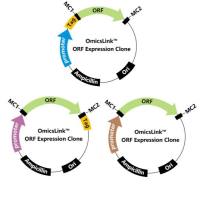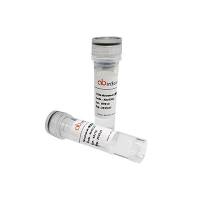How individual cells and tissues organize and coordinate to form the structure of a developing embryo is a major question in developmental biology. Equally intriguing is how cells in adult tissue respond during wound healing and tissue regeneration. In these morphogenetic processes there can be a wide variety of cell behaviors: individual cells may change shape or divide, migrate to different areas, or differentiate to form a pattern. Entire tissue layers can spread across a surface, fold up or cavitate to form a three-dimensional structure. For example, during formation of the neural tube in chick embryos, the neural epithelium folds up from a flat sheet of cells to form a tube with a hollow lumen. As the neural tube becomes shaped into various regions of the nervous system, the neural crest cells emerge from the dorsal midline of the neural tube and migrate to pattern the peripheral nervous system. A main theme in these examples is that the cell and tissue events are dynamic, on a time scale from minutes to days, covering spatial regions ranging in size from microns to millimeters.






